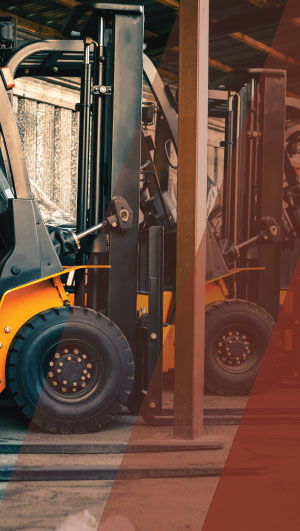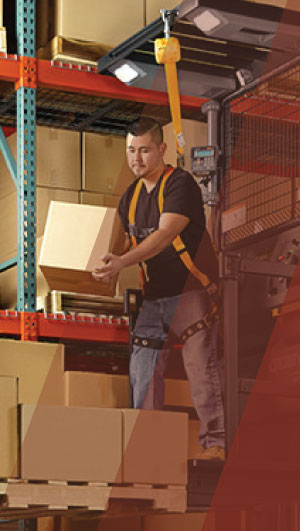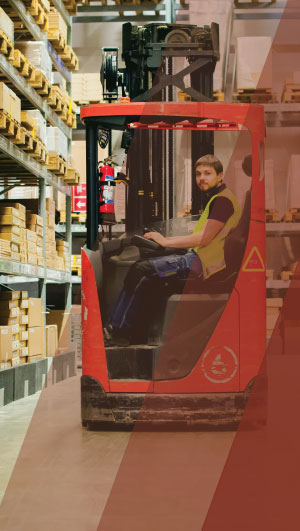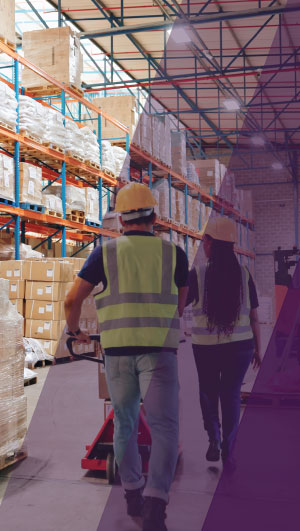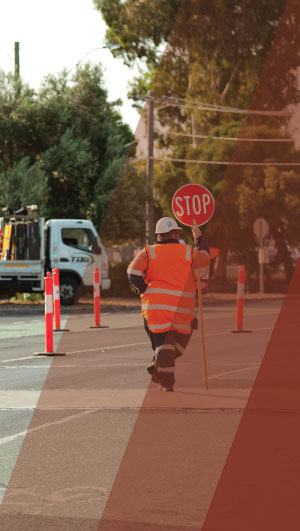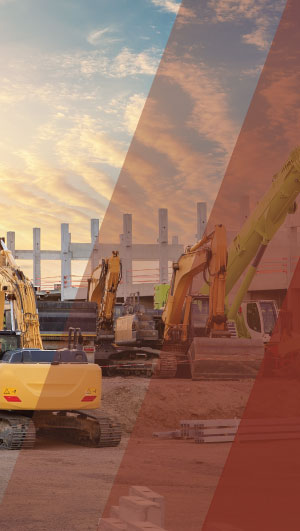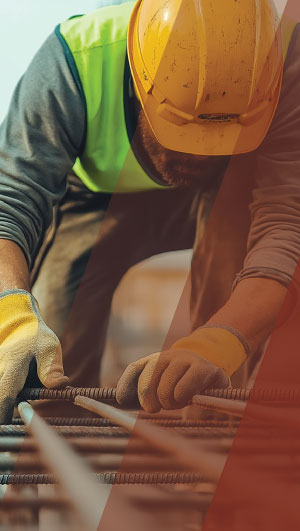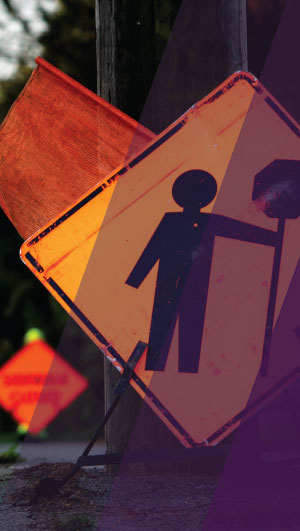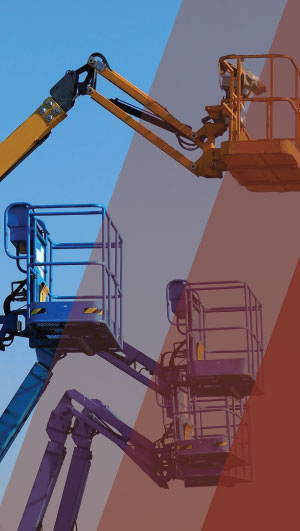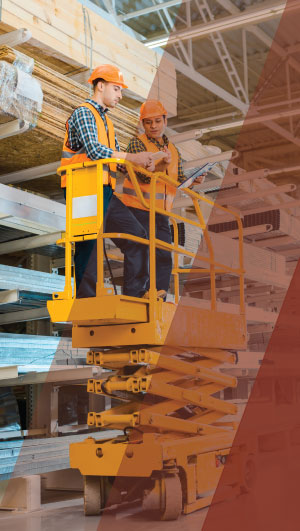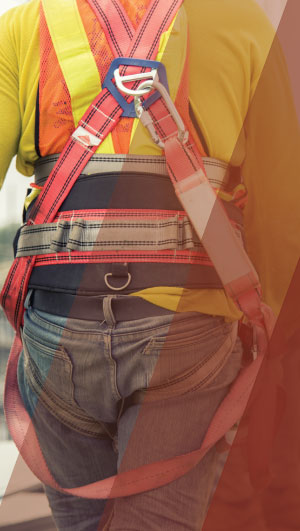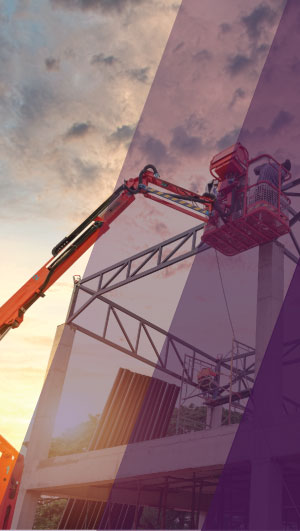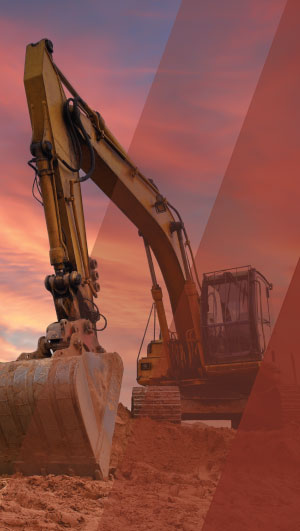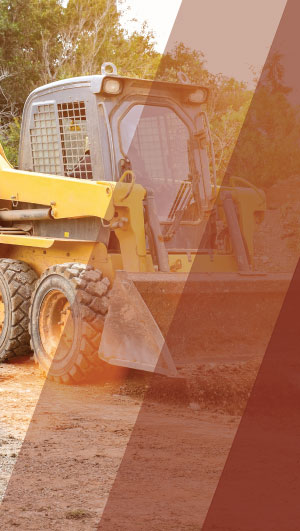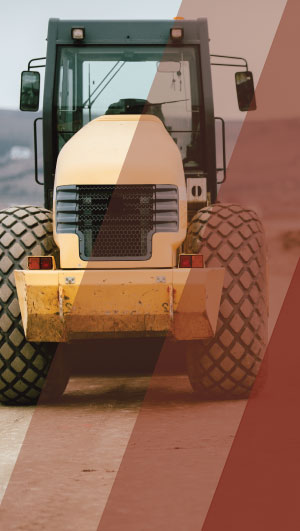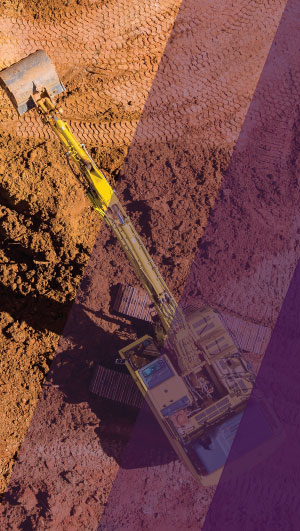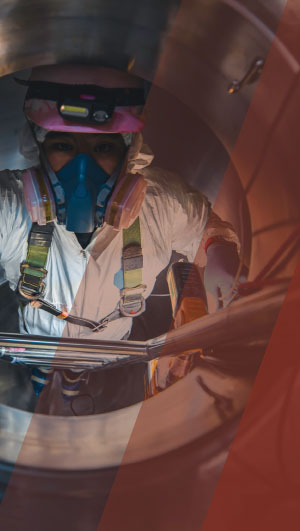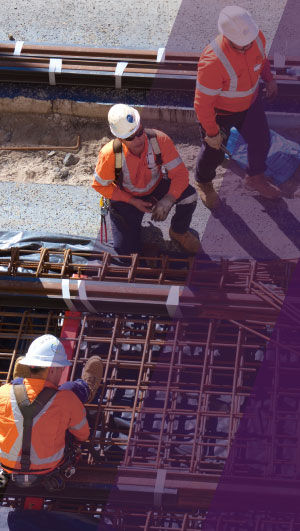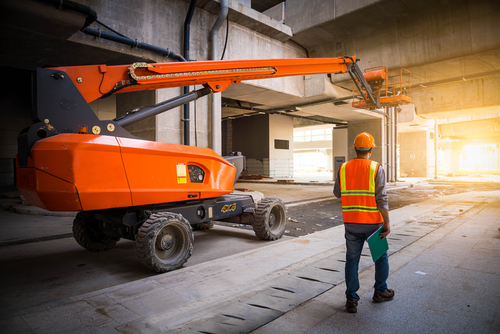Ever seen those yellow wallet cards some Aussie workers carry? You know, the ones they flash around on site when the safety bloke asks for their ticket. They’re called EWPA cards, or Yellow Cards, and they’re different from WorkSafe High Risk Work Licences. Keep reading to find out what they’re all about. We’ll explain what EWPA stands for, who needs a yellow card, and how you can get one yourself. You’ll also learn how they differ from high risk licences for operating boom lifts and other platforms. Whether you’re just curious or need one for work, this guide will tell you everything you need to know about yellow cards down under.
What Is a Yellow Card in Australia?
The Elevated Work Platform Association (EWPA) Yellow Card
The EWPA Yellow Card is a nationally recognised qualification for operating elevated work platforms like boom lifts, scissor lifts and vertical lifts in Australia. To get a Yellow Card, you need to complete an EWPA accredited training course and pass both a theory and practical assessment.
Why Do You Need a Yellow Card?
Under Australian workplace health and safety laws, you must be properly trained and qualified to operate heavy machinery like elevated work platforms. The Yellow Card proves you have the necessary skills and knowledge to use these platforms safely. Many employers and work sites will require a Yellow Card before allowing you to operate an EWP.
How Do You Get a Yellow Card?
To obtain a Yellow Card, you must complete an EWPA accredited training course, either online or in person. The course covers important topics like workplace safety, identifying EWP hazards, operating controls, load capacity, stability and emergency procedures. At the end of the course, you will take both a written assessment and a practical skills test where you demonstrate how to safely operate an EWP. If you pass both assessments, you will be issued an EWPA Yellow Card.
How Long Is a Yellow Card Valid?
An EWPA Yellow Card is valid for 5 years. To renew your card, you will need to complete a refresher training course and pass the reassessments. The refresher course reviews the latest workplace safety standards and EWP operating procedures to ensure your knowledge and skills are up to date.
Difference from a High Risk Work Licence
An EWPA Yellow Card is not the same as a High Risk Work Licence. A Yellow Card qualifies you to operate EWPs with a boom length less than 11m, a scissor lift and/or a vertical lift, while a High Risk Work Licence is a requirement for operating EWPs with a boom length greater than 11m. For many jobs operating EWPs, both a Yellow Card and High Risk Work Licence may be needed. Check with your employer or work site to determine which qualifications are required for your position.
Who Needs the EWPA Yellow Card?
If you operate boom lifts, scissor lifts or any other kind of elevated work platform in Australia, you’ll need an EWPA yellow card to legally and safely do your job. This nationally recognised qualification shows you have the proper training to handle these pieces of equipment.
Operators
Whether you’re using an EWP for a construction project, to service utilities, or for any other reason, you’ll need an EWPA yellow card. The only exceptions are if you’re being directly supervised by a cardholder or if you’re an apprentice still in training. So if operating an EWP is part of your normal work duties, don’t get caught without a current card!
Supervisors
As a supervisor, you’re responsible for ensuring the safety of workers under your oversight. Part of that is verifying that any operator of an EWP has a valid EWPA yellow card for the appropriate equipment class. If there’s an incident, inspectors will check the certification of operators and supervisors, so make sure your own card is up to date as well.
Business Owners
If your company owns or hires EWPs, you’ll want to confirm that any employee operating that equipment holds a current EWPA yellow card. Failure to do so puts your workers and business at risk of fines, shutdowns or even litigation in the event of an accident. As the person ultimately responsible for worksite safety, it’s in your best interest to establish proper EWP training and certification as an official policy.
The EWPA yellow card may seem like just another piece of paperwork, but it represents an operator’s proven ability to handle EWPs safely and responsibly. For the wellbeing of your workers and to avoid major costs or consequences down the line, make sure anyone in your organisation who operates an EWP has this critical certification.
How to Get Your Yellow Card in Victoria
Getting your yellow card is pretty straightforward in Victoria. First, you’ll need to complete the necessary training with a reputable Registered Training Organisation (RTO) like Start Training. This involves both theoretical and practical components to ensure you understand how to properly and safely operate boom lifts, scissor lifts and vertical lifts.
Find an Accredited Training Organisation
The only way to obtain a yellow card is through an accredited training organisation approved by the EWPA. Search online for ‘EWP training’ or “Yellow Card Training” along with your location to find courses offered by TAFEs, private training providers, and some equipment hire companies. The training typically takes 1 day to complete and costs between $200 to $400.
Complete the Training
The Yellow Card training will teach you about safety standards, operating procedures, and how to perform daily inspections. You’ll learn through a mix of online modules, face-to-face theory lessons, and hands-on practice operating the equipment. At the end of the course, you’ll need to pass both a theory test and practical assessment to qualify for your yellow card.
Renewing Your Yellow Card
To renew your yellow card, you’ll need to complete an application with the EWPA for a small fee. Completing the course again or a refresher course is recommended to ensure your skills are kept up to date with any changes to equipment, standards or legislation. Most yellow card holders find it useful to renew their training 6-12 months before their licence is due to expire.
With the proper training and a current yellow card, you’ll have the qualifications to work as a boom lift operator anywhere in Victoria.
Maintaining Your Skills and Yellow Card
To keep your yellow card valid, you need to meet certain requirements. Every five years, you’ll need to renew your card. About three months before your card expires, EWPA will send you a renewal notice. To renew, you simply pay the renewal fee and confirm your details are still correct.
Continuing Professional Development
As a yellow card holder, it is recommended that you complete at least 60 hours of continuing professional development (CPD) over a two year period. CPD helps ensure your skills and knowledge stay up to date. There are many ways to complete CPD, such as:
- Attending industry conferences, seminars, or workshops
- Completing refresher training courses
- Reading industry publications, standards, or online resources
- Mentoring other operators
- Delivering presentations to share your knowledge
Yellow Card vs High Risk Work Licence – What’s the Difference?
A Yellow Card and a High Risk Work Licence are often confused, but they serve two very different purposes. As an operator of heavy machinery like boom lifts, scissor lifts or forklifts in Australia, it’s important to understand the distinction.
Yellow Card
A Yellow Card, officially known as an Elevating Work Platform Association (EWPA) operator’s permit, shows you have the necessary training to operate certain types of lifts. It proves you understand how to properly and safely use equipment like scissor lifts, boom lifts, truck-mounted lifts and vertical lifts. The training typically takes 4 to 8 hours and covers topics like Workplace Health & Safety regulations, emergency procedures, and equipment basics. This will allow you to operate a boom lift with a boom length of less than 11m. If you want to go higher than 11m you will need a WorkSafe High Risk Licence.
High Risk Work Licence
A High Risk Work Licence, on the other hand, is a to operate heavy machinery in Australia for commercial use. It shows you have the proper certification to perform high risk construction work, like operating cranes, hoists, elevating work platforms or telescopic handlers. To get your HRW EWP Licence, you must complete an accredited training course, log a certain number of hours of on-the-job experience, and pass an exam. Licences are issued by a state licensing authority such as WorkSafe. You will need a WorkSafe High Risk EWP licence if you plan to use a boom length over 11m in length.
While a Yellow Card is recommended for lift operators, an HRW Licence is mandatory for many jobs. The specific licence you need will depend on the type of equipment you operate. For example, to run a boom-type elevating work platform (EWP) commercially, you need a WP Elevating Work Platform Class Licence.
In summary, a Yellow Card proves you have the basic training to operate certain lifts, while an HRW Licence is an official certification required to perform high risk work with heavy machinery in Australia. For most lift operators, holding both credentials is ideal to maximize safety, skills and job opportunities.
Conclusion
So there you have it, a quick rundown of the yellow card system in Australia and how it differs from the worksafe high risk licence. Getting certified may seem like a hassle, but it’s a small price to pay for staying safe on the jobsite. We all want to go home in one piece at the end of the day. Next time you’re up in a boom lift or operating heavy machinery, take a moment to appreciate that yellow card in your wallet. It means you’ve done the training and proven you know what you’re doing. For anyone new to the construction game, be sure to get certified before stepping on site. It not only keeps you safe, but shows your dedication to doing quality work. Hopefully this gave you a helpful intro to the ins and outs of yellow card certification down under. Now you can consider yourself an expert on the topic!
